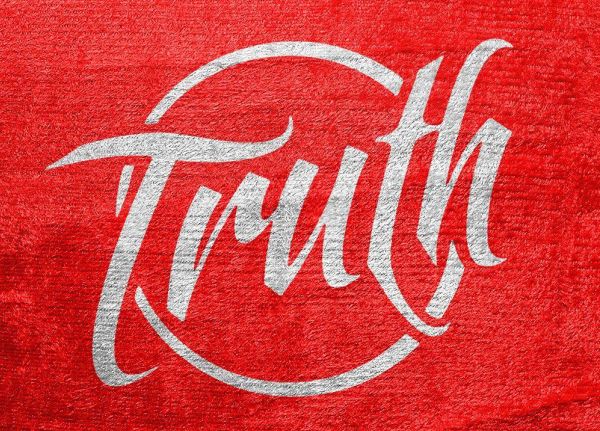Branding Strategy Insider helps marketing oriented leaders and professionals like you build strong brands. BSI readers know, we regularly answer questions from marketers everywhere. Today we hear from Javier, a VP of Marketing in Madrid, Spain who writes…
“What is brand equity and how do you measure it?”
Thanks for your question Javier. Business leaders talk about the importance of maintaining strong brand equity, but is there consensus on what brand equity is? Some people say it’s everything associated with the brand that adds to or subtracts from the value it provides to a product or service. Others emphasize the financial value of the brand asset. Still others stress the consumer loyalty or price premium generated by brand equity. Some even talk about the permission and flexibility a brand gives an organization to extend into new product and service categories. While all of these opinions are very important parts of brand equity, I think the following story best illustrates what brand equity is.
Brand Equity Defined
Imagine you are having lunch with a longtime and very good friend. Several times throughout the lunch, she makes disparaging and sarcastic remarks that make you feel bad. You think to yourself, “This just isn’t like her. She must be having a bad day.” You meet with her again a week or two later, and again she acts negative. You think to yourself, “Something must be going on in her life that she’s really struggling with. Maybe she is having difficulties with her job or her health or her marriage or her children.” You may even ask her if everything is all right. She snaps back, “Of course it is.”
Your interaction with her continues in this vein over the next couple of months. You continue to try to be supportive, but she’s definitely getting on your nerves. After many meetings and much interaction, you finally decide that she’s a changed person and someone with whom you prefer to spend less and less time. You may get to this point after a few months, or perhaps even after a year or more. She doesn’t change, and eventually the relationship dies.
Now consider for a moment that the person you first had lunch with is the same person as before, with one exception: She is a total stranger to you. You haven’t met her previously and she is not your dear friend. I would guess that after enduring many caustic comments and being insulted a few times at that lunch, your first impression wouldn’t be very positive. In fact, you’d probably be inclined not to get together with that person again. You’d probably walk away from that lunch thinking, “What a miserable person. I hope I don’t run into her again.”
In both of these scenarios it is the same person behaving the same way in the same situation. Yet in the first scenario, you are very quick to forgive the behavior. In fact, you feel a lot of concern toward her. In the second scenario, you can’t wait for the lunch to be over and you hope never to see the person again.
In the first scenario, the person was a longtime good friend. She had a lot of equity with you. In the second scenario, she had no equity at all. You see, if people or brands have a lot of equity—that is, if you know, like, and trust them—you will give them chances to make things right, even if they repeatedly fail to meet your expectations. If a person, product, service, or organization has no equity with you, no emotional connection, and no trust, then you are much less inclined to forgive unmet expectations.
My current favorite definition of a brand is that it is the personification of an organization or its products and services. In being a personification, a brand can have a specific personality, possess certain values, stand for something, make promises and create emotional connections with people. This is a significant complement to products, which have attributes and features that deliver functional benefits. Brands can deliver emotional, experiential and self-expressive benefits as well as share values with customers.
“You Can’t Manage What You Don’t Measure.” ~ Peter Drucker
So how does one measure brand equity? I have covered this before on Branding Strategy Insider. In summary, however, these are the attributes that our BrandInsistence brand equity system measures:
- Unaided awareness (first recall and other)
- Relevance
- Importance of up to 24 brand benefits and values
- Delivery against those 24 brand benefits and values
- Brand value
- Brand accessibility
- The brand’s emotional connection to its customers (4 different measures of this)
- Attitudinal loyalty to the brand (2 different measures)
- Brand vitality (2 different measures)
- Brand personality
- Top-of-mind brand associations
Other common brand measures are market share, mindshare, share of wallet, reduced price sensitivity, price premiums commanded by the brand and the value of the brand in licensing agreements. I hope this has shed some light on brand equity and brand equity measurement. For more information please refer to chapter 18 (Brand Equity Measurement) in my book Brand Aid, second edition.
Do you have a question related to branding? Just Ask The Blake Project
The Blake Project’s brand management equity measurement system is comprehensive, measuring each of the five drivers of customer brand insistence – awareness, relevant differentiation, value, accessibility and emotional connection – along with other factors such as brand vitality, brand loyalty, brand personality and brand associations. Contact us for more on brand equity measurement
Branding Strategy Insider is a service of The Blake Project: A strategic brand consultancy specializing in Brand Research, Brand Strategy, Brand Licensing and Brand Education




